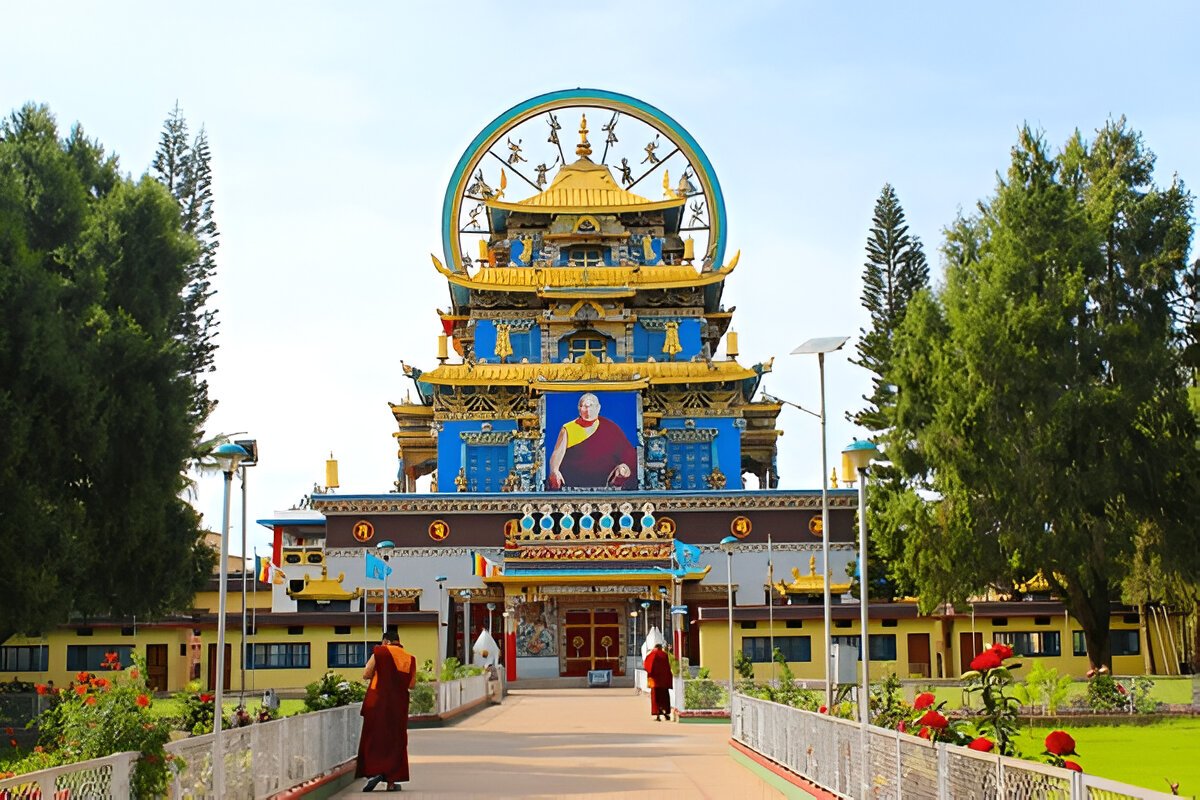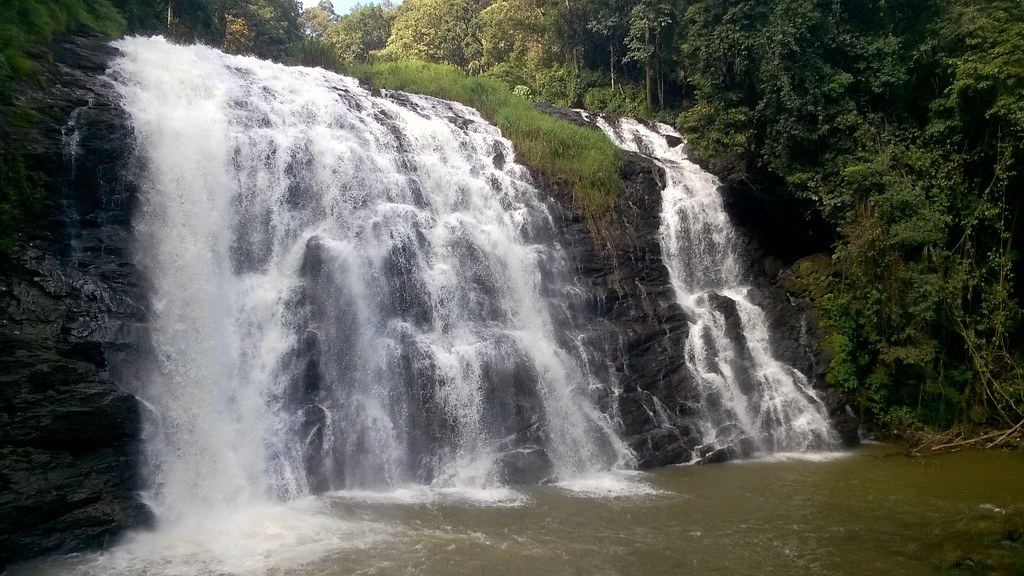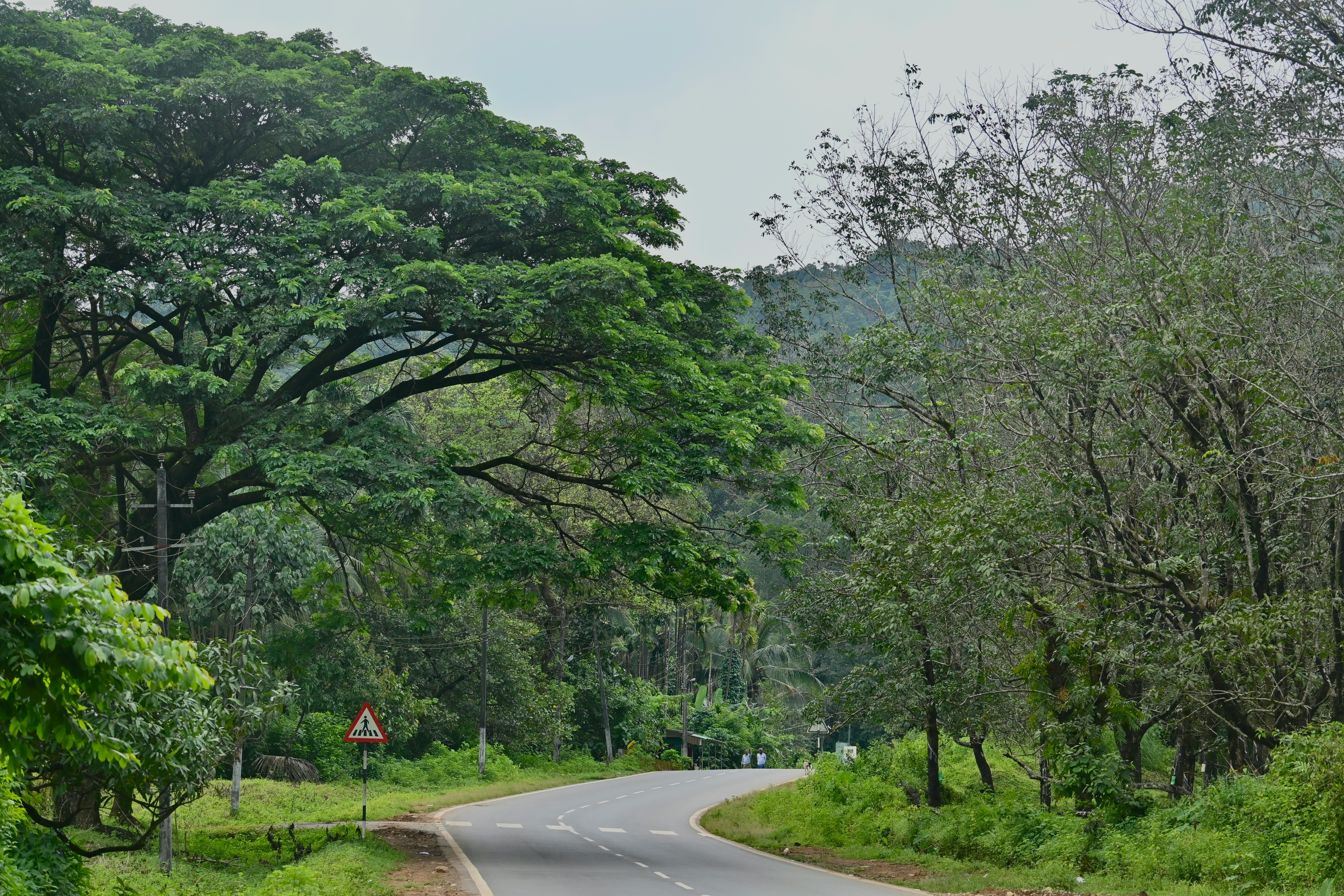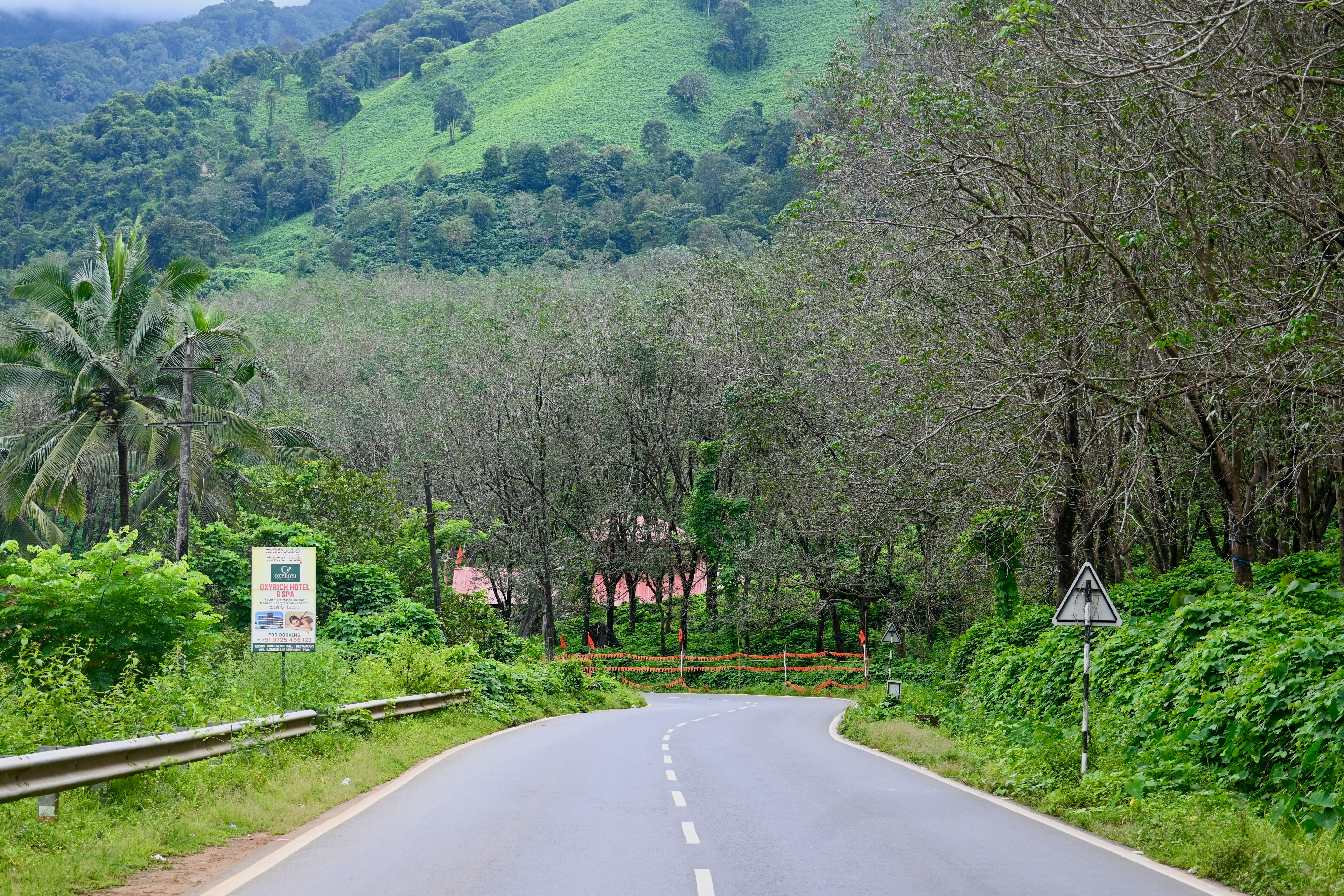
Tibetan Monastery Coorg

The Tibetan Monastery in Coorg is a peaceful and spiritual place. It is located in Bylakuppe, near Kushalnagar. This is one of the largest Tibetan settlements in India. People visit the monastery to enjoy its calm atmosphere and rich culture. The monastery is famous for its beautiful buildings and colorful prayer flags. It is a place where visitors can relax and experience Tibetan traditions.
The Tibetan Monastery is known for its golden statues and stunning paintings. These paintings show important stories from Tibetan Buddhism. Visitors can walk around the monastery, watch daily prayers, and enjoy the peaceful surroundings. It is a great spot for people who love learning about different cultures.
Finally, don't miss the Golden Temple Kushalnagar. Also called Namdroling Monastery, it is one of the biggest Tibetan temples in India. The Golden Temple adds to the charm of the area and draws many visitors each year.
Read more on : Omkareshwar Temple Coorg
History and Cultural Significance of Golden Temple
The history of the Tibetan Monastery in Coorg dates back to the early 1970s, when Tibetan refugees sought refuge in India after fleeing Tibet. Bylakuppe, near Kushalnagar, became one of the largest Tibetan settlements in India. In 1972, the Monastery was established to provide a space for worship, community, and cultural preservation. This settlement became a symbol of hope and resilience, allowing the Tibetan community to sustain their cultural and religious traditions.
The Golden Temple Coorg, located within the monastery, is one of the most important spiritual sites for Tibetan Buddhists. It houses golden statues of the Buddha, Guru Padmasambhava, and Amitayus. These statues represent core Tibetan Buddhist beliefs and serve as focal points for worship. Inside the temple, murals and statues depict various Buddhist teachings, making it a crucial center for spiritual practice.
The Golden Temple is more than just a place of worship. It is a cultural landmark that preserves Tibetan heritage and offers peace to spiritual seekers. The establishment of the monastery played a key role in the preservation and growth of Tibetan Buddhism in India, and it continues to inspire people worldwide.
Trekking and nature walks are stunning in Coorg in Monsoon
Attractions and Architecture in Golden temple
Tibetan Shopping Markets
The Tibetan shopping markets near the Golden Temple Kushalnagar are vibrant and full of life. They offer a range of traditional items, such as Tibetan handicrafts, woolen clothes, jewelry, and souvenirs. Visitors can find unique cultural pieces, making it a great place for those looking to take home a piece of Tibetan heritage.
Distance: 3 km from Golden Temple
Sera Jey Monastic University & Sera Mey Monastery
Sera Jey Monastic University, one of the largest Tibetan Buddhist universities, is a significant cultural and educational center. Here, monks study and practice Buddhist teachings. Nearby, the Sera Mey Monastery offers a peaceful space for meditation and learning. Both are important landmarks for those seeking spiritual growth.
Distance: 5 km from Golden Temple
Dubare Elephant Camp
Dubare Elephant Camp, located along the Cauvery River, is an exciting destination for nature and animal lovers. Visitors can feed, bathe, and interact with elephants in their natural habitat. The camp also offers activities like jungle safaris and nature walks, making it an enjoyable experience for the whole family.
Distance: 12 km from Golden Temple
Plan a perfect date trip with these places to visit in Coorg for couples
Cauvery Nisargadhama
Cauvery Nisargadhama is a beautiful island park formed by the Cauvery River. It features lush greenery, bamboo groves, and nature trails. Visitors can enjoy peaceful walks, boat rides, or simply relax by the river. It’s an excellent spot for nature lovers and those looking for a tranquil retreat.
Distance: 15 km from Golden Temple
Harangi Dam
Harangi Dam, located near Kushalnagar, is a popular spot for those who appreciate scenic views. The dam offers a serene setting with lush landscapes and the flowing Cauvery River. It’s an ideal place to relax, have a picnic, or enjoy nature’s beauty while observing the peaceful surroundings.
Distance: 25 km from Golden Temple
Timings and Entry Information about Golden Temple in Coorg
The Golden Temple in Coorg, also known as Namdroling Monastery, welcomes visitors to experience Tibetan Buddhist culture and spirituality. Here's the essential information:
1. Opening Hours: Open daily from 9:00 AM to 6:00 PM.
2. Prayer Time: The main prayer session takes place at 1:00 PM daily.
3. Entry Fee: There is no entry fee, visitors can explore the temple and its surroundings free of charge.
4. Golden Temple Timings: The temple is open from 9:00 AM to 6:00 PM every day.
5. Dress Code: Modest attire is recommended. Shoes and hats should be removed before entering the temple. Photography is allowed, but it's respectful to ask before taking photos, especially during prayer sessions.
6. Parking: Parking facilities are available near the temple. A nominal parking fee may apply.
Visitors are encouraged to maintain silence and respect the spiritual environment during their visit.
Adventure lovers can't miss river rafting in Coorg
How to Reach Tibetan Monastery in Coorg
The Golden Temple in Coorg, also known as Namdroling Monastery, is located in Bylakuppe, near Kushalnagar. Here's how you can reach this serene destination:
By Air:
Nearest Airport: Mysuru Airport (approximately 101 km away). From there, you can hire a taxi or take a bus to Kushalnagar and reach the Tibetan Monastery in Coorg.
By Train:
Nearest Railway Station: Hasan Junction, about 80 km from the monastery. Alternatively, you can reach Mysuru Railway Station, which is approximately 85 km away, and then proceed to Kushalnagar by taxi or bus.
By Road:
From Bengaluru: Travel via NH275, covering a distance of around 250 km. The journey takes approximately 5–6 hours.
From Mysuru: Take the Hunsur Road route, approximately 90 km, which takes about 2–3 hours.
Within Kushalnagar: The monastery is about 6 km from Kushalnagar town. You can hire an auto-rickshaw or taxi, or use local buses to reach the temple.
For a more comfortable experience, consider hiring a private cab from top car rental companies in Coorg.
Here’s a quick guide on how many days are enough for Coorg
Rules & Rituals at Tibetan Monastery in Coorg
1. Silence: Maintain silence inside the Tibetan monastery in Coorg, especially during prayers.
2. Modest Dress: Wear conservative clothing, covering shoulders and knees.
3. Remove Footwear: Shoes must be removed before entering the temple.
4. Respect Sacred Objects: Do not touch religious statues or sacred items.
5. Photography: Always ask for permission before taking photos, particularly during prayers.
6. No Smoking or Alcohol: Smoking and alcohol are strictly prohibited on the premises.
7. Offerings: Visitors may offer flowers, incense, or candles at the altar.
8. Respect Monks: Avoid interrupting monks while they are meditating or performing rituals.
9. Donations: Voluntary donations for the monastery’s upkeep are welcome.
10. Maintain Cleanliness: Keep the area clean by disposing of waste properly and responsibly.
Don’t miss these amazing places to visit in Coorg in two days
FAQs:
1. What is the story behind Golden Temple Coorg?
The Golden Temple Coorg, also known as Namdroling Monastery, was established in 1972 by Tibetan refugees. It is one of the largest Tibetan settlements in India and serves as a center for Tibetan Buddhism, culture, and education. The temple is renowned for its stunning golden statues and murals.
2. Can I go to a Tibetan monastery?
Yes, you can visit Tibetan monasteries in India, including the one in Coorg. Most monasteries, like the Golden Temple Coorg, are open to tourists. Visitors can explore the temple, witness Buddhist rituals, and learn about Tibetan culture. It’s a peaceful and educational experience for all.
3. Why are there Tibetan monasteries in Coorg?
Tibetan monasteries, like the one in Coorg, were established by Tibetan refugees after fleeing Tibet in the 1950s. Bylakuppe, near Kushalnagar, became one of the largest Tibetan settlements in India. The monasteries serve as places of worship, cultural preservation, and spiritual learning for the Tibetan community.
4. Is there an entry fee for the Tibetan temple Coorg?
There is no entry fee to visit the Tibetan temple in Coorg (Namdroling Monastery). Visitors are welcome to explore the monastery, but donations are appreciated. The temple is a spiritual site, and the community offers free access to all who wish to learn about Tibetan Buddhism.
5. How much does it cost to go to the Tibetan monastery?
Visiting the Tibetan monastery in Coorg is free of charge. However, donations are accepted to help maintain the temple and support the community. You may also choose to purchase souvenirs or offerings at the nearby markets. The cost of travel to the monastery depends on your mode of transportation.


